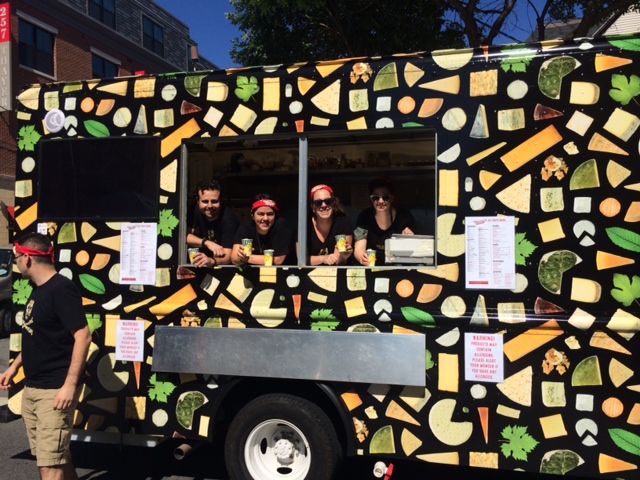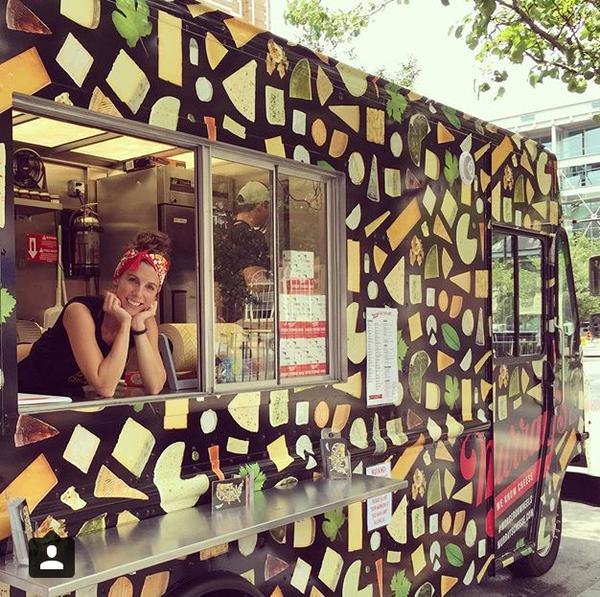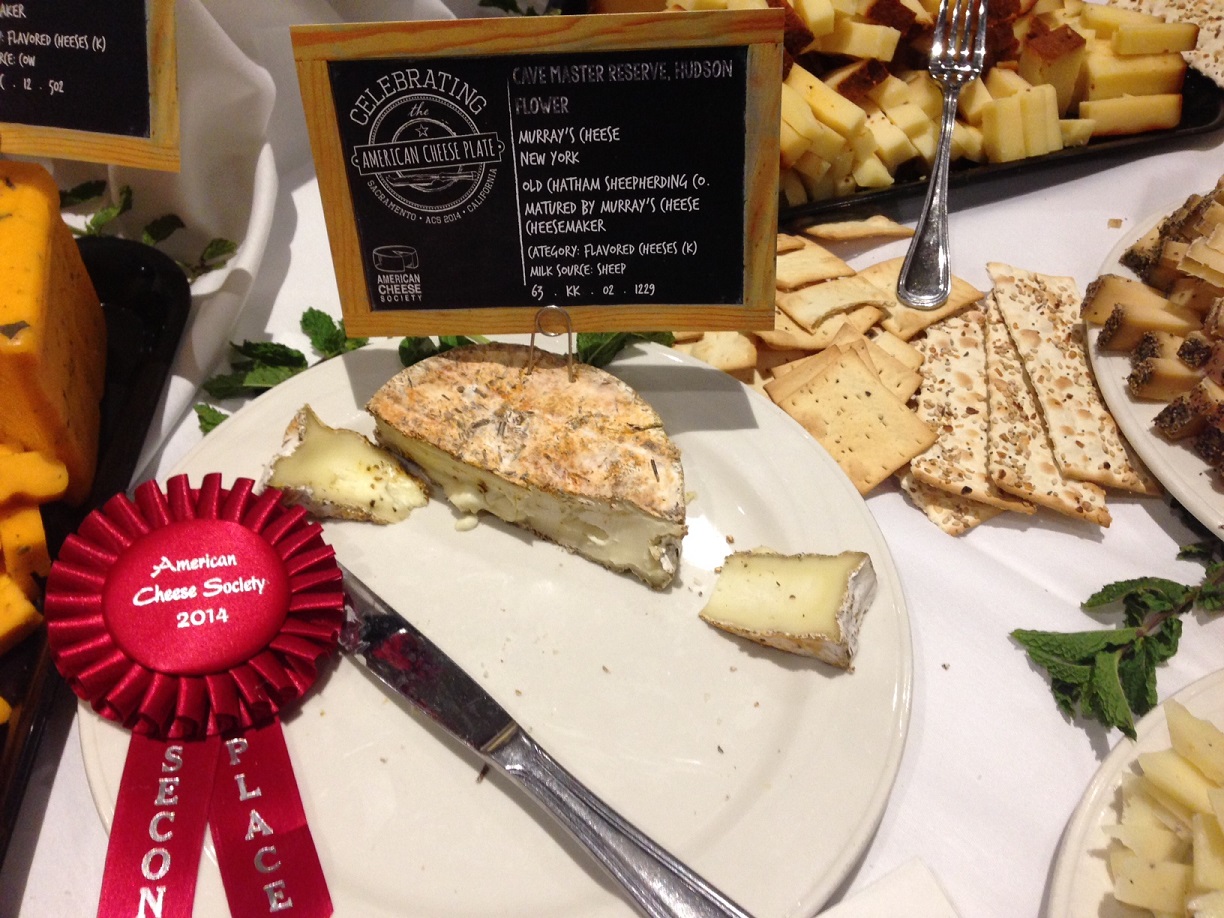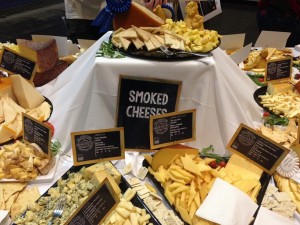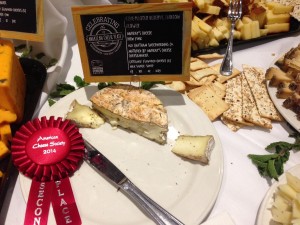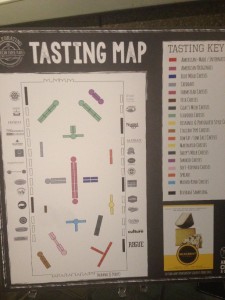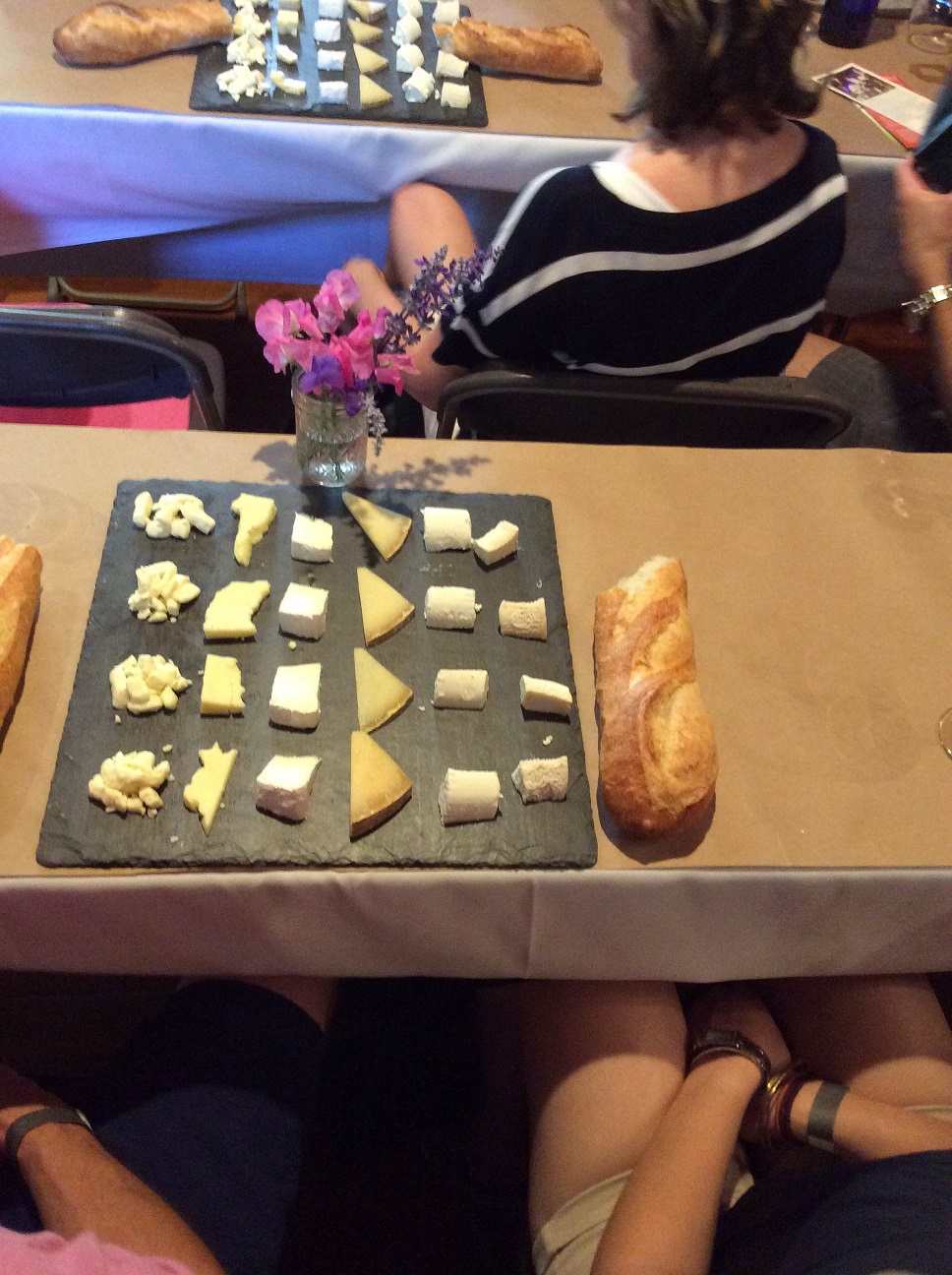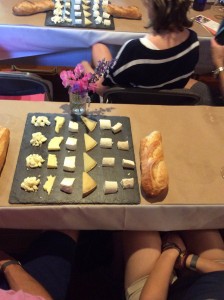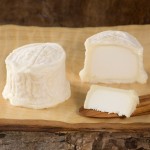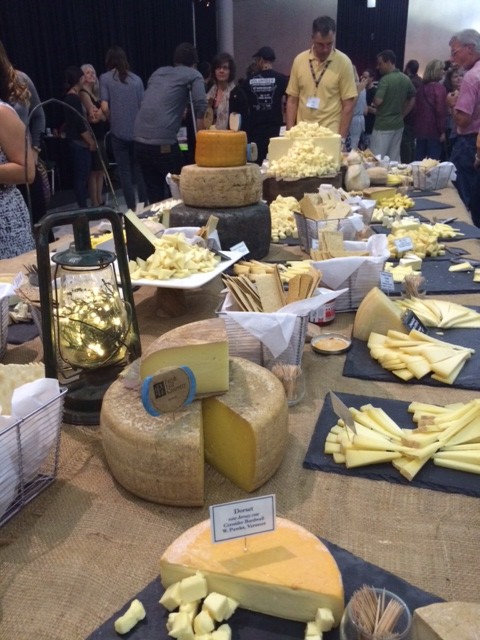 The theme of this year’s American Cheese Society conference, held annually in the hottest part of midsummer in a slew of rotating small cities across America, was Cheese Camp.
The theme of this year’s American Cheese Society conference, held annually in the hottest part of midsummer in a slew of rotating small cities across America, was Cheese Camp.
A wink and a nod to the affectionate nickname used by many to describe this weeklong coming together of friends industry-wide, mixed with a hefty dose of the nostalgia associated with that childhood escape to the woods in the summer, Cheese Camp 2015 made it official. A giddy, dizzying deep dive into the world of American cheese in all forms and fashions, this was a time focused on—in fact, heralded in the tagline for the conference itself—our community.
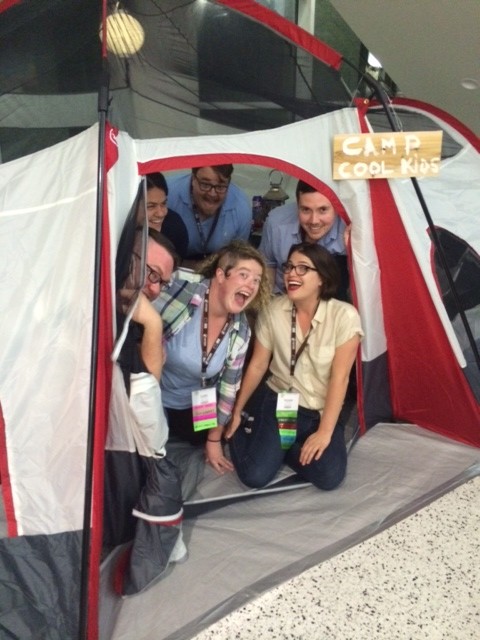 Cheese people are funny. I don’t doubt that many industries have their own quirky qualities and cast of characters, but I truly believe that we represent the most colorful of them, all passionate and geeky and whip-smart and party animals. It never ceases to amaze me how multifaceted our crew is, able to shift, chameleon-like, from early morning sessions with the FDA—the Goliath to our David of small artisans hell-bent on protecting their traditions—to a deep dive into the microbiological similarities of those happy, fuzzy molds that grow on the rinds of our beloved bloomy cheeses with mushrooms—complete with a fungal tasting indeed—to the pink-lit, swampy-hot karaoke rooms of a local, trendy hotel—cheesemakers, importers, mongers, and skeptical onlookers alike belting out their favorite 80s power ballads. (Note to Northeastern readers: should you find yourself in Providence, get thee to the Boom Box at the Dean Hotel. Order a cat-shaped tiki drink. Sing. Repeat. You’ll thank me.)
Cheese people are funny. I don’t doubt that many industries have their own quirky qualities and cast of characters, but I truly believe that we represent the most colorful of them, all passionate and geeky and whip-smart and party animals. It never ceases to amaze me how multifaceted our crew is, able to shift, chameleon-like, from early morning sessions with the FDA—the Goliath to our David of small artisans hell-bent on protecting their traditions—to a deep dive into the microbiological similarities of those happy, fuzzy molds that grow on the rinds of our beloved bloomy cheeses with mushrooms—complete with a fungal tasting indeed—to the pink-lit, swampy-hot karaoke rooms of a local, trendy hotel—cheesemakers, importers, mongers, and skeptical onlookers alike belting out their favorite 80s power ballads. (Note to Northeastern readers: should you find yourself in Providence, get thee to the Boom Box at the Dean Hotel. Order a cat-shaped tiki drink. Sing. Repeat. You’ll thank me.)
As a co-chair of the conference this year, I spent Saturday night winding down with other coordinators and American Cheese Society staff. We agreed this year had been better than ever, undoubtedly—hopefully!—what we’ll say each year, but all muddling why this year felt so spot-on. For some, it was the educational seminars. For others, the number of new attendees adding new energy and drive to the industry, and shepherding in a new generation of future cheese rock stars.
For me, it was the insane energy of my week, packing each day with setting up our truly badass cheese truck—perhaps the first pop up shop on wheels—educating our nearly 60 students from across the country, preparing to take the Certified Cheese Professional exam, speaking on a panel in a seminar on careers in this industry I hold so dear, and heading daily into the constant meet-and-greet of seeing 1200 of your favorite caseophiles. But for all, it was this celebration of community, woven together like a camp lanyard from the many people who gather and eat and learn and teach and discuss and argue and drink, all tied by—quite frankly, we think the coolest thing to hold people together— cheese.
As a child, I would spend my summers at camp among the pine trees and clear lakes of Maine. After several weeks of rec hall theatre, bug juice and arts and crafts, I would say goodbye to friends seen only once a year and promptly burst into exhausted tears for the long drive home. My mother would dutifully listen to story after story of the fun I had and gossip that meant nothing to her, patient and indulgent of my emotional response to leaving this magical place. Leaving Cheese Camp felt the same, and I found myself hugging colleagues and new friends tightly as I slipped away on Sunday morning, unwilling to shed a tear, but instead looking ahead to the next summer, and hoping Des Moines in 2016 can handle this bunch.

